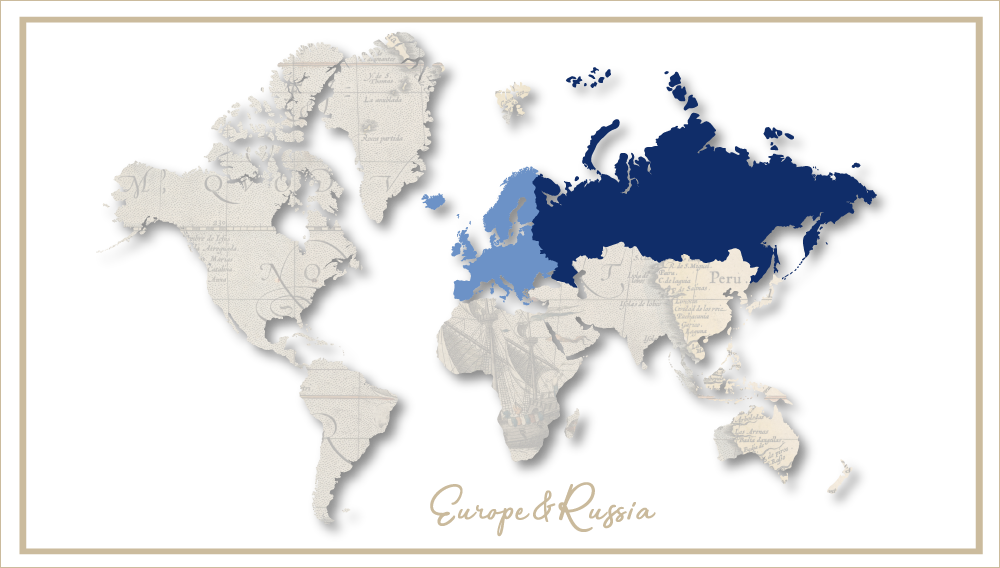A new nonsensical definition of craft
Rather than clearing up the muddle of how to define craft beer, Italy’s lawmakers have made it even muddier by stipulating that it must not be pasteurised or microfiltered. Which makes you wonder: what were they thinking?
The story so far. In December 2013 the Italian ministry of finance told the regional taxmen that in order to make life easier for the little guys – called artisanal brewers – they would henceforth only have to submit their production figures on a monthly basis instead of daily. The letter to the taxmen defined artisanal brewers as brewing less than 10,000 hl beer per year.
There are currently about 700 craft brewers in Italy. While most of them will produce less than 10,000 hl beer, several of them easily exceed that figure. Italy’s best-known craft brewers certainly have long passed the 10,000 hl mark. But since they did not want to relinquish the USP “artisanal”, they kept putting it on their labels until the finance police raided the breweries and confiscated those offending labels.
That’s when some craft brewers began pulling strings with political lobbyists to persuade lawmakers to come up with a more sensible legal definition of a craft brewery (“birreria artigianale”).
The act wound its way through Rome and in July 2016 a law (“DDL S 1328-B: Disposizioni in materia di semplificazione, razionalizzazione, competitività per l’agroalimentare”) was passed. It defines a brewery as artisanal if its production dispenses with pasteurisation and microfiltration; if the brewery is economically independent with no stakes owned by another brewery; if its plant is kept separate from another brewery; and if it produces less than 200,000 hl beer per year.
Industry insiders wonder who is to benefit from this law, notwithstanding the fact that nowadays it is really hard to call state-of-the-art breweries artisanal given that manual input is very limited. Besides, the law does not add any clarification because brewers can now quibble endlessly over what constitutes microfiltration (pore size?). Even if it defines a craft brewer as independently owned – what about the craft brewery that is owned by one of Italy’s biggest beer distributor? What is more, the new law does not allow for a staggered excise rate. All of Italy’s breweries have to pay the same rate. So what is the point of limiting a craft brewery to 200,000 hl of beer output?
It’s true that craft brewers in Italy have helped raise the profile of beer, although they have not boosted overall beer consumption which has been flat for 20 years at 30 litres per capita annually. The question remains: who is to benefit?


